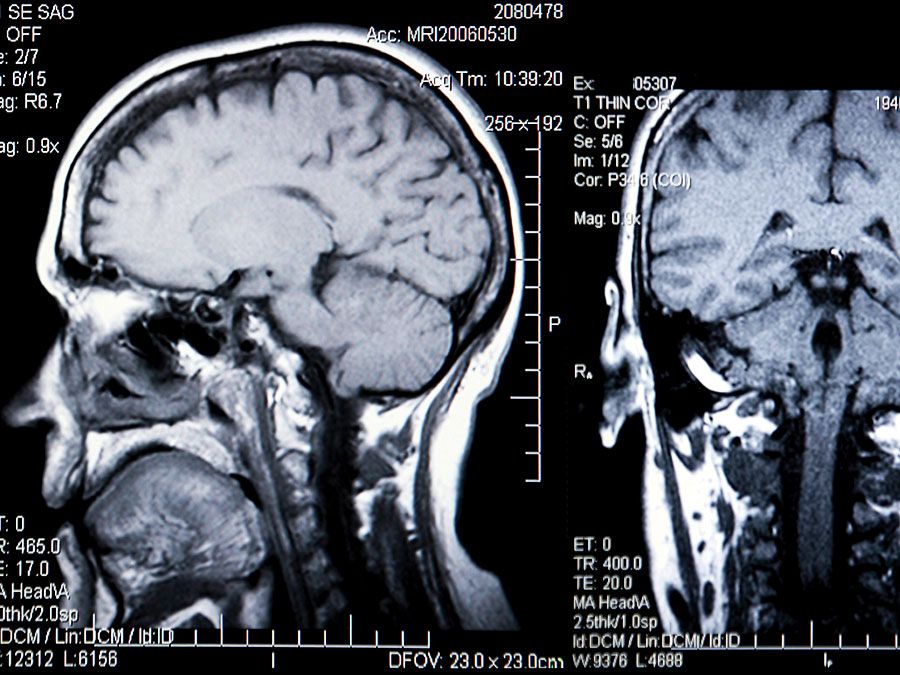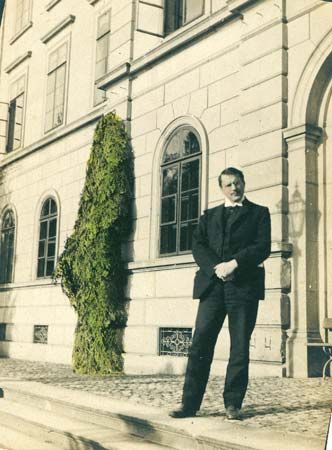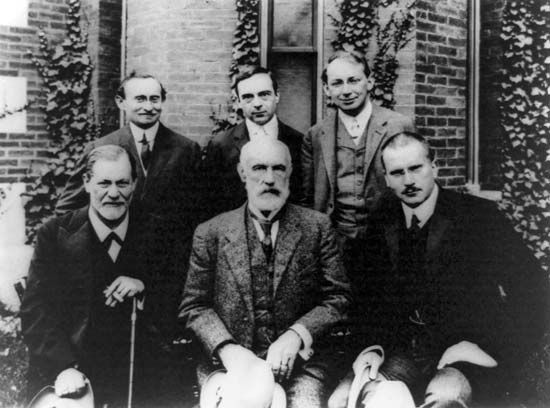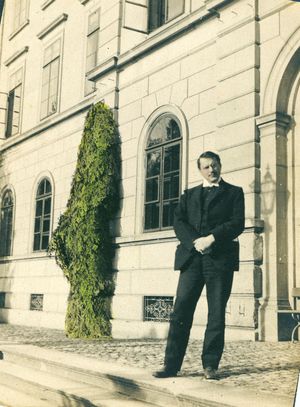Carl Jung
- In full:
- Carl Gustav Jung
- Born:
- July 26, 1875, Kesswil, Switzerland
- Died:
- June 6, 1961, Küsnacht (aged 85)
- Subjects Of Study:
- collective unconscious
- free association
- individuation
When was Carl Jung born?
When did Carl Jung die?
Why is Carl Jung important?
Where was Carl Jung educated?
Carl Jung (born July 26, 1875, Kesswil, Switzerland—died June 6, 1961, Küsnacht) was a Swiss psychologist and psychiatrist who founded analytic psychology, in some aspects a response to Sigmund Freud’s psychoanalysis. Jung proposed and developed the concepts of the extraverted and the introverted personality, archetypes, and the collective unconscious. His work has been influential in psychiatry and in the study of religion, literature, and related fields.
(Read Sigmund Freud’s 1926 Britannica essay on psychoanalysis.)
Early life and career
Jung was the son of a philologist and pastor. His childhood was lonely, although enriched by a vivid imagination, and from an early age he observed the behaviour of his parents and teachers, which he tried to resolve. Especially concerned with his father’s failing belief in religion, he tried to communicate to him his own experience of God. In many ways, the elder Jung was a kind and tolerant man, but neither he nor his son succeeded in understanding each other. Jung seemed destined to become a minister, for there were a number of clergymen on both sides of his family. In his teens he discovered philosophy and read widely, and this, together with the disappointments of his boyhood, led him to forsake the strong family tradition and to study medicine and become a psychiatrist. He was a student at the universities of Basel (1895–1900) and Zürich (M.D., 1902).
He was fortunate in joining the staff of the Burghölzli Asylum of the University of Zürich at a time (1900) when it was under the direction of Eugen Bleuler, whose psychological interests had initiated what are now considered classical studies of mental illness. At Burghölzli, Jung began, with outstanding success, to apply association tests initiated by earlier researchers. He studied, especially, patients’ peculiar and illogical responses to stimulus words and found that they were caused by emotionally charged clusters of associations withheld from consciousness because of their disagreeable, immoral (to them), and frequently sexual content. He used the now famous term complex to describe such conditions.
Association with Freud
These researches, which established him as a psychiatrist of international repute, led him to understand Freud’s investigations; his findings confirmed many of Freud’s ideas, and, for a period of five years (between 1907 and 1912), he was Freud’s close collaborator. He held important positions in the psychoanalytic movement and was widely thought of as the most likely successor to the founder of psychoanalysis. But this was not to be the outcome of their relationship. Partly for temperamental reasons and partly because of differences of viewpoint, the collaboration ended. At this stage Jung differed with Freud largely over the latter’s insistence on the sexual bases of neurosis. A serious disagreement came in 1912, with the publication of Jung’s Wandlungen und Symbole der Libido (Psychology of the Unconscious, 1916), which ran counter to many of Freud’s ideas. Although Jung had been elected president of the International Psychoanalytic Society in 1911, he resigned from the society in 1914.

His first achievement was to differentiate two classes of people according to attitude types: extraverted (outward-looking) and introverted (inward-looking). Later he differentiated four functions of the mind—thinking, feeling, sensation, and intuition—one or more of which predominate in any given person. Results of this study were embodied in Psychologische Typen (1921; Psychological Types, 1923). Jung’s wide scholarship was well manifested here, as it also had been in The Psychology of the Unconscious.
As a boy Jung had remarkably striking dreams and powerful fantasies that had developed with unusual intensity. After his break with Freud, he deliberately allowed this aspect of himself to function again and gave the irrational side of his nature free expression. At the same time, he studied it scientifically by keeping detailed notes of his strange experiences. He later developed the theory that these experiences came from an area of the mind that he called the collective unconscious, which he held was shared by everyone. This much-contested conception was combined with a theory of archetypes that Jung held as fundamental to the study of the psychology of religion. In Jung’s terms, archetypes are instinctive patterns, have a universal character, and are expressed in behaviour and images.




















